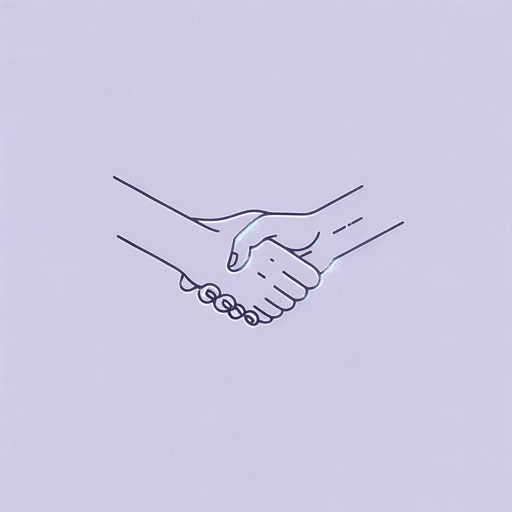45 pages • 1 hour read
Vivek MurthyTogether: The Healing Power of Human Connection in a Sometimes Lonely World
Nonfiction | Book | Adult | Published in 2020A modern alternative to SparkNotes and CliffsNotes, SuperSummary offers high-quality Study Guides with detailed chapter summaries and analysis of major themes, characters, and more.
Index of Terms
Alienation
Content Warning: This section of the Study Guide discusses depression, anxiety, suicide, self-harm, addiction, violence, and other public health concerns.
Alienation is a sensation of disconnection or negativity that occurs even in the presence of others. Often, alienation occurs at work or in other social environments when one is technically a member of a group but lacks meaningful connections with or to other members. Alienation can also occur as a manifestation or complication of loneliness, as withdrawal from social connection—even when presented with opportunities to connect—leads to antisocial behaviors such as fearing or distrusting others.
Circles of Connection
Based upon the research of Dr. Robin Dunbar, an evolutionary psychologist, Murthy posits that social connections occur primarily within three “circles.” The inner circle is comprised of a handful of one’s closest friends and confidantes, including romantic partners and family members to which one feels close. These relationships promote intimate connection. The middle circle includes casual relationships, such as friends from camps, clubs, schools, and one’s neighborhood; the middle circle encompasses up to 150 people. Middle-circle relationships prevent relational loneliness. Outer circle relationships include colleagues as well as acquaintances, such as relationships formed through community work or at church. The outer circle of connection prevents collective loneliness and may expand one’s social network to about 500 people.

